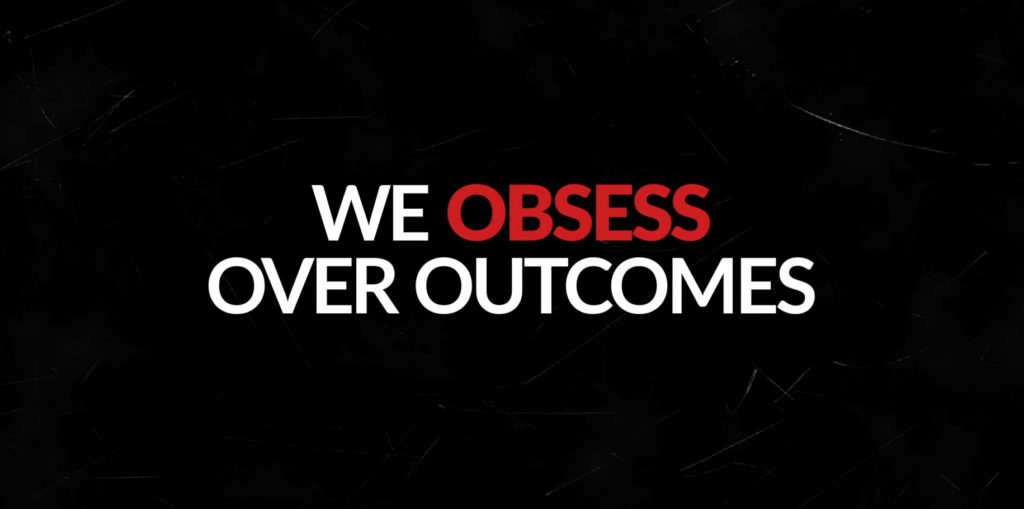Financial leaders have access to a vast amount of data to help make business decisions that grow their organization. Data is one of the most valuable and powerful tools in a leader’s arsenal. However, many leaders find that they cannot trust their data due to a variety of reasons, including:
Multiple legacy systems, including multiple ERPs
Disparate tools, such as Excel and other reporting tools
Manual processes, especially in the financial close process
No single source of truth in data
A Corporate Performance Management platform, when implemented to your current state and specific business needs, helps free up valuable time for financial leaders to spend more time in an advisory capacity to the business.
Your ERP isn’t Enough
Most businesses that don’t have a CPM platform get their data from an Enterprise Resource Planning system to manage the business from an accounting perspective. However, a CPM platform works hand in hand with your ERP system and layers on additional capabilities. In businesses that don’t have a CPM, current state actions, including managing people and reports, often happens in Excel or multiple ERPs. From managing people to delivering financial reports, this can be challenging to do within ERPs. They serve a purpose, but ERPs cannot extract analytics from the data in a meaningful, helpful way in managing the business. Implementing a CPM platform solves for this and helps standardize how you do reporting and analytics within one single platform.
A CPM platform can also be leveraged to make sure your internal controls are satisfied during the financial close. It can also be used to help model the business for the future with the data we have. These platforms pull in more than just raw budget data, but they also help create forecast and acquisition modeling and financial and operational analytics where data is coming from different sources, including ERPs and Data warehouses.
3 Key Benefits of a CPM Implementation
Financial Close Management and Consolidation
Most businesses choose to integrate a CPM system for financial close purposes. A CPM incorporates many business processes within one tool, including allocations, closing journal entries, statutory reporting, management reporting, and tax reporting The consolidation is key on a monthly and quarterly close basis, and every organization needs it. Every CPM tool has task management that we can layer in the monthly checklist that you manage in excel today as well as outside of the system including journal entries and currency translations. Once the close process is defined, account reconciliation is a huge ask from many businesses, and a CPM platform can give that granular level of detail of reconciling your data within the system vs having to do it in excel or multiple reporting systems. This helps businesses shift from just collecting data to analyzing it and using it to make agile business decisions.
Budgeting
When considering the budgeting process, there are a variety of ways to drive the annual operating plan with the numbers you’re going to use for the upcoming year. Regardless of if this is approached from a top down, bottom up, or driver based approach, a CPM implementation can assist with the budgeting process. When we think about planning, we want to think about eliminating all manual processes, like emails and conference calls for approvals, and allowing a system to drive the process. Built in workflow and approval processes are benefits of a CPM system that help achieve this. Another piece of budget planning that a CPM platform incorporates includes specialty planning. Whether it’s supply chain planning, operational planning, departmental expense planning, balance sheet planning, or cash flow planning, CPM platforms can integrate these aspects. More helps financial leaders work more efficiently.
Forecasting
When considering forecasting, many finance leaders find themselves asking how they are going to develop seeding rules and adjustments to build rolling forecasts. This can all be built in the forecasting module within a CPM platform. Many platforms have the ability to take your existing data and incorporate built in AI and Machine Learning to forecast out data and create predictions. The forecasting and modeling capabilities are available for organizations to use optimally for their business needs.
Capital Planning and Allocation
As businesses consider the overall planning processes, capital planning is core area that a CPM platform addresses. Our experience has found that in businesses without a CPM platform, this specific process is often not optimized and is often overlooked and last minute. This process very significant in wholesale distribution, manufacturing, and retail based industries. A CPM platform integration addresses not only the process workflow often absent from capital planning but also improves visibility and prioritization and making better capital planning, investment expenditure, and allocation decisions. One of the reasons capital planning is inaccurate is that the metrics that are used are not consistent across the organization. That’s where a CPM platform can give you a simple place to manage process and give you consistent metrics for analysis and decision making. This helps remove subjectivity from approvals and helps businesses make data driven decisions.
A successful CPM implementation considers the people, processes, methodologies, and technologies to enable the Office of Finance to become more efficient. However, a successful implementation must first assess current maturity and take into account the specific needs of a business. With over 1500 CPM project implementations, Perficient has worked across a variety of industries to help leaders in the office of finance grow their organization.





Leave A Comment